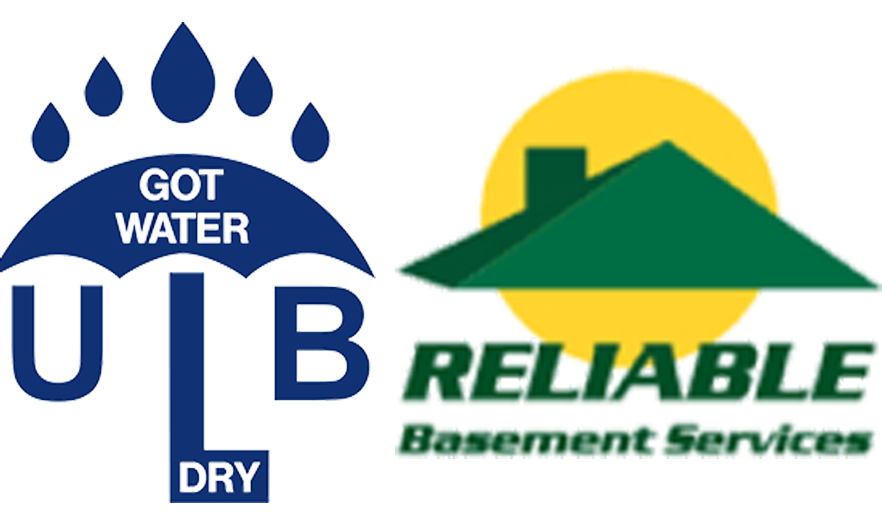
As a homeowner, the thought of foundation cracks can be a daunting and concerning issue. These structural defects not only compromise the integrity of your home, but they can also pose significant safety risks if left unaddressed. What many homeowners may not realize, however, is the profound impact that environmental factors can have on the formation and progression of these cracks.
In this comprehensive guide, this basement waterproofing company in Buffalo Grove, Illinois is going to explore the intricate relationship between environmental issues and foundation cracks. We’ll delve into the common environmental factors that can contribute to this problem, the importance of addressing them, and the telltale signs that indicate your foundation may be affected. By the end of this article, you’ll have a deeper understanding of how to protect your home from the detrimental effects of environmental issues and maintain a strong, stable foundation.
Understanding the connection between environmental factors and foundation cracks
The foundation of your home is the critical structural element that supports the entire building. It is designed to withstand the weight of the structure, as well as external forces such as soil movement, groundwater, and weather conditions. However, when environmental factors disrupt the delicate balance that your foundation relies on, cracks can begin to form, compromising the stability and safety of your home.
Common environmental issues that can lead to foundation cracks
- Soil Composition: The type of soil surrounding your home’s foundation can greatly impact its stability. Expansive soils, such as clay, can absorb and release moisture, causing the soil to swell and shrink. This cyclic movement can exert tremendous pressure on the foundation, leading to cracks.
- Groundwater and Moisture: Excessive groundwater or changes in the water table can saturate the soil, causing it to become unstable and leading to foundation movement. Conversely, drought conditions can cause the soil to dry out and shrink, also contributing to foundation cracks.
- Temperature Fluctuations: Extreme temperature changes, whether from seasonal variations or sudden weather events, can cause the soil and foundation materials to expand and contract at different rates. This can create stress on the foundation and result in cracks.
- Erosion and Flooding: Heavy rainfall, flooding, or even poor drainage can erode the soil around the foundation, undermining its stability and leading to cracks or even complete failure.
- Tree and Vegetation Growth: The roots of trees and large shrubs can grow and exert pressure on the foundation, causing it to crack or shift over time. Conversely, the removal of these plants can also lead to soil drying and instability.
The importance of addressing environmental issues for foundation repair
Addressing environmental issues is crucial for effectively repairing and preventing foundation cracks. By identifying and addressing the underlying environmental factors that are contributing to the problem, you can not only fix the existing cracks but also mitigate the risk of future damage.
By working with a reputable basement waterproofing company in Buffalo Grove, Illinois, you can ensure that the foundation repair process considers the environmental factors affecting your home. This comprehensive approach will not only restore the structural integrity of your foundation but also protect it from future environmental threats.
Signs of foundation cracks caused by environmental issues
Recognizing the signs of foundation cracks caused by environmental issues is the first step in addressing the problem. Some common indicators include:
- Uneven or Sloping Floors: If the floors in your home appear to be sloping or uneven, it could be a sign that the foundation is shifting due to environmental factors.
- Cracks in Walls or Ceilings: Visible cracks in the walls, ceilings, or even the exterior of your home can be a clear indication of foundation problems.
- Sticking Doors or Windows: Doors and windows that are difficult to open or close, or that have gaps around the frames, may be a result of foundation movement.
- Gaps Around Moldings or Baseboards: Noticeable gaps or separations between the moldings, baseboards, or trim and the walls can be a telltale sign of foundation issues.
- Tilting Chimneys or Porches: If you notice that your chimney, porch, or other attached structures are leaning or tilting, it could be a sign of foundation problems.
If you notice any of these signs in your home, it’s important to have a professional basement waterproofing company in Buffalo Grove, Illinois assess the situation and determine the underlying environmental factors that may be contributing to the problem.
Looking for a Basement Waterproofing Company in Buffalo Grove, Illinois?
As a homeowner in Buffalo Grove, Illinois, you can’t underestimate the importance of maintaining a strong, stable foundation for your home. When environmental issues threaten the integrity of your foundation, it’s crucial to work with a trusted basement waterproofing company in Buffalo Grove, Illinois that can address the problem effectively.
At ULB-DRY Waterproofing, our team of experienced professionals provides comprehensive foundation repair and basement waterproofing services to homeowners throughout the Buffalo Grove area and beyond. Contact us today to learn how we can help.





